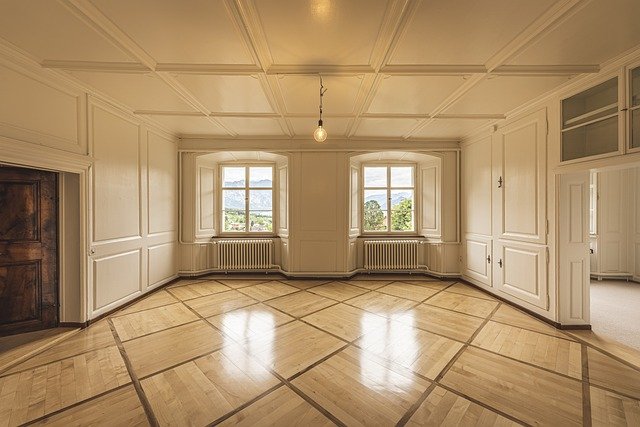Flipping the Script: A Deep Dive into the Real Estate Flipping Phenomenon
The art of flipping houses has become a hot trend in the real estate world, but what exactly does it entail, and is it as lucrative as it seems? This article will peel back the curtain on this phenomenon, exploring its roots, current trends, and the potential impact on both investors and the housing market.

The Genesis of House Flipping
The concept of house flipping traces its origin back to the 1980s, where it was introduced as a quick-profit strategy. The basic premise involves purchasing a property at a lower cost, often in need of repair or renovation, only to sell it at a higher price after improving it. This strategy relies heavily on the investor’s ability to accurately assess the property’s potential and the cost of the required renovations.
The Current Landscape: A Flipping Frenzy?
Recent years have seen a surge in house flipping, fueled in part by popular TV shows and success stories shared on social media. However, while the idea of turning a quick profit is certainly alluring, it’s worth noting that successful house flipping requires a mix of market knowledge, renovation skills, and financial acumen.
The Pros and Cons of House Flipping
Like any investment strategy, house flipping comes with its share of advantages and challenges. On the plus side, it can be a lucrative venture if executed correctly, offering high returns in a relatively short time frame. Moreover, it can serve as a creative outlet for those with a knack for home improvement.
On the flip side, the risks are equally substantial. Unforeseen renovation costs, market fluctuations, or difficulty selling the property can quickly turn a potential profit into a financial pitfall. Additionally, house flipping is time-intensive and requires a significant upfront investment.
The Impact on the Housing Market
House flipping has a ripple effect on the housing market. It can contribute to neighborhood revitalization, as flippers often target distressed properties in up-and-coming areas. However, there is also a concern that house flipping contributes to housing market inflation, particularly if flippers use high-interest, short-term loans to finance their ventures.
A Look Ahead: The Future of House Flipping
While it’s impossible to predict the future with certainty, one thing is clear: house flipping is not a passing fad. Despite the risks, the potential for high profit continues to draw investors. As long as there are properties to be renovated and a market for selling them, house flipping will persist as a notable trend in the real estate landscape.
In conclusion, house flipping is a complex, high-stakes venture that requires a blend of skills and knowledge. However, for those willing to do their homework and take calculated risks, it can potentially offer significant rewards. Understanding the intricacies of this trend can equip buyers, sellers, and investors to make informed real estate decisions.




